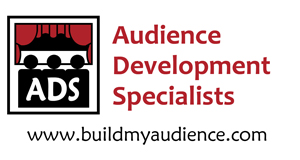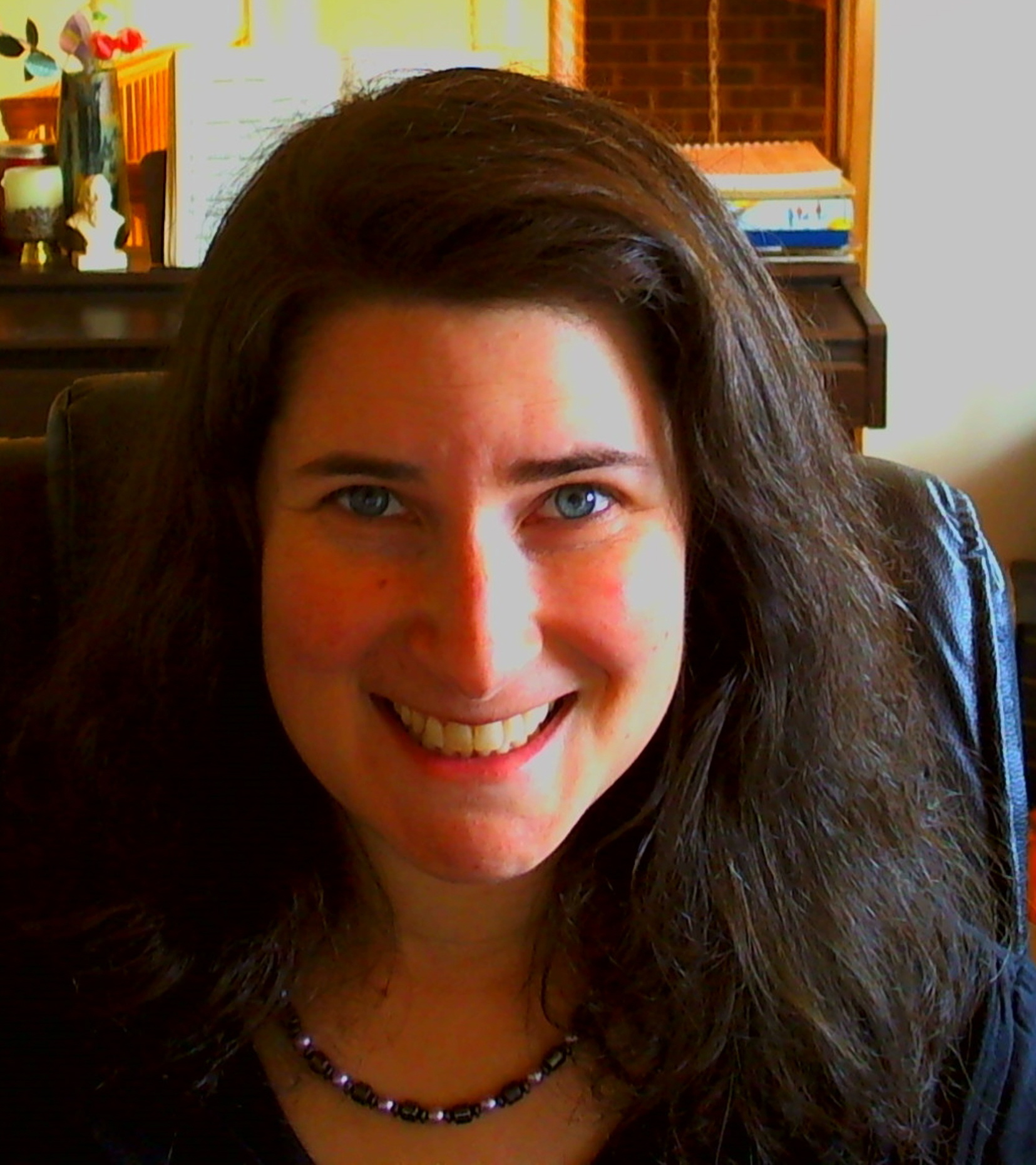I have noticed that when I post tweets about arts organizations that are going bankrupt, I always tag it #auddev needed. I know some people are questioning this and feel it better to attribute the downfall of these organizations to simply bad management. Why would I continue to shout out about audience development?
To me, audience development is not just a method or technique of arts management, but an entire philosophy about how to run a business today. In an age where crowdsourcing and social media are popular, the days of us dictating art are no longer valid. Our business models of producing, marketing and fundraising without thoughts of our audiences are unraveling. It is not wise to fall back on old business practices, and instead, it is better to be creative, engaging and involving with the people around us.
Some of us believe that the invention of the light bulb changed the arts from inclusive to entitled. Elitism crept in to the point that the (benchmark) arts are not perceived as for everyone. All of a sudden, the masses are not supporting the arts, and we have tiny niche markets that have developed due to this, well, development.
Audience development, true audience development, can change the way an arts business functions due to one very big reason. Audience development is inclusive and focuses on partnering with audiences. It is a team philosophy that not only includes everyone on your staff, all your volunteers, donors and sponsors, but it also includes your audiences. This means that everyone will be on the same page working to support your business.
For producing and marketing, this is far different than simply placing an ad that professes (from your spinning marketing team) that your show is “something for everyone!” “spectacular!” “other marketing byte here!” Instead, when partnering with your audiences, you can incorporate their perspective beforehand instead of attempting to sell something that they might not enjoy in ways that will be ignored. A flop from the start is rather expensive to work with. Wouldn’t it be better to produce something that has more promise?
In regard to fundraising, your audiences will help you to raise the money since they are a part of your team. Your board members and staff will now have added energy to keep them going too. Everyone that is a part of your team will be helping to raise money for your business. This team mentality for fundraising makes more sense than the “we are great, give us money,” shouted by a few people, views of old. Plus, with all the people power combined, you can brainstorm new ways of asking for money. Let’s face it, annual campaign letters have become trite and disposable. You need to turn some heads and inspire some hearts!
I do hear one concern which I will quickly address. I am not saying that the audiences are now in charge. You still have artistic license and the ability to create your own strategic plans. The difference is, you will no longer be creating in the dark after knowing your audiences. With this philosophy, you will be able to take more risks and produce new work that will have more of a chance of being successful. Your programming, marketing and fundraising can become fresh again.
If you are squeamish about this new way of producing art, and you rather be the sole creator without any feedback, perhaps use audience development to build the right audiences that will enjoy your art – find the best audiences for you! Please do use audience development for your marketing and fundraising though in any case since you still need a team for support.
So, is audience development the answer? It does sound like audience development can promise the moon and the stars, and in a sense, it can. With hard work and determination to build relationships and build your team of community support, I see a brighter future for the arts despite the light bulb.
Cheers to happy and loyal audiences,
Shoshana
Shoshana Fanizza
Audience Development Specialists
https://www.buildmyaudience.com
“Never treat your audience as customers, always as partners.”
~James Stewart
Although we are not a non-profit, if you would like to support ADS to continue our work, you can donate here.
New eBook! The How of Audience Development for the Arts: Learn the Basics, Create Your Plan






I definitely would like to see more arts organization incorporate more input from their communities, and I do believe that this is a path to increased relevance and stability. I think the jury is out on whether this will routinely lead to art that is widely acknowledged as excellent by people outside of the given community, but I’m not sure that I care.
However, I can think of two ways audience development cannot offer the moon and the stars, even if the moon is only relevance and the stars are only sustainability:
For most existing arts orgs, incorporating what the audience wants into the artistic process would take a cultural shift that is very difficult, and requires a good deal of cognitive surplus and slack time to even begin to think about. Shorthand: it is COSTLY just to start down this road.
Second, the coordination challenge of incorporating what your audience wants into your creative process is pretty massive, and most organizations are barely treading water with their current set of administrative tasks and challenges. This again means it is costly.
You can’t just get a grant and hire an Audience Development Director or consultant and consider the issue sufficiently resourced, because of the whole cultural shift that is required. A new staff person or consultant can’t just accomplish that for you. Everybody with any connection to programming has to change how they think (and in some cases, unload a heaping helping of elitism and arrogance and entitlement). This ain’t gonna happen when administrators are treading water just to survive a season.
Yes, a mind shift needs to happen, and a shift in how arts organizations spend their resources (time and money). I do believe that if and when these shifts occur, there will not be as much “treading” involved. Especially the bigger organizations, they have resources before the bottom falls out, they are simply not using the resources wisely, but again, those shifts discussed would need to happen. They continue using their time and money on old methods that no longer work.
Also, changes do not have to be all or nothing, meaning you can implement changes a little at a time to keep costs down, and one-by-one these efforts will add up!